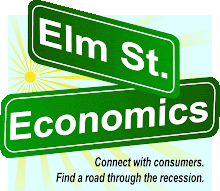Recently, a columnist for the New York Times praised the convenience of “automatic withdrawl” payments for sums that are due on a regular basis, such as monthly car payments, insurance, etc. The writer was envisioning an end to the drudgery of sitting down to write out bills every month.
What happened next is telling: Enough readers provided counter-point commentary that the author ran a counter-point story (NY Times, August 28, 2008).
Issues which collude against the idea of “automatic payments” include errors from the bank, over-charges from various service providers, and the idea that ending or altering such a relationship can be very difficult. (Consumers know starting an automated payment plan is easier than ending one; these days, they’re more likely to think about an exit strategy before entering into such a plan.)
Implications: It’s easy to see why any purveyor of products or services might want to get customers into an automated relationship. It makes the business very “sticky,” and reduces costs related to customer service. But now that consumers are a bit more experienced with these types of transactions, it might be a little more difficult to sell them on the idea. A “What’s in it for me?” mentality is beginning to prevail; and if they don’t see a benefit to opting in (greater than the avoidance of check writing), you might find it more likely that they’ll be opting-out.
Mike Anderson
Tuesday, September 2, 2008
Subscribe to:
Post Comments (Atom)



No comments:
Post a Comment